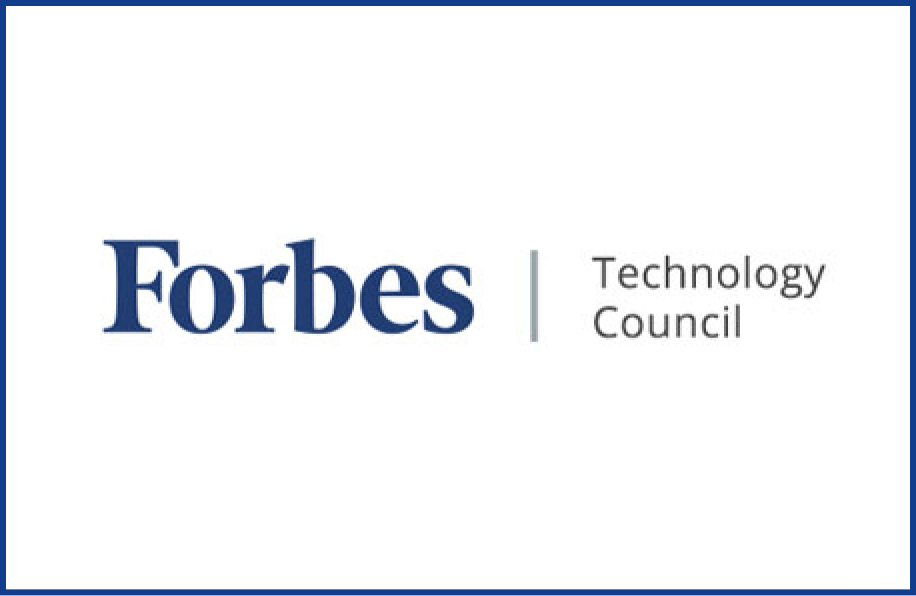Six tips to boost project management ROI and lower costs.

Yaniv Shor is the founder and CEO of Proggio and the author of the book Time to Deliver, a must read for project managers.

In times of uncertainty, many companies are naturally shifting focus from growth to profitability. As a result, they are putting way more effort into operational excellence in an attempt to save money and avoid additional cost.
That means many organizations are struggling to do more with smaller budgets and fewer staff. Now more than ever, companies need to work more efficiently and avoid wasting time and money.
Too often, that means the responsibility falls on the project management office (PMO) to optimize resources and spending, lower costs, minimize waste and still make sure projects get delivered on time. And they need to do all that while working with a team that may be smaller and stretched thinner than ever before and, at the same time, trying to avoid burning everyone out and causing them to leave for less stressful conditions elsewhere.
It’s certainly a tall order, but not impossible. By reframing their approach and implementing some consistent strategies and workflows, project managers (PMs) can maximize project ROI and lower costs to be more fiscally and operationally efficient in a tight economy. Here’s how:
1. Create a project intake and prioritization strategy.
In many organizations, there are no firm guardrails that dictate which projects get funded and executed, and we often hear from CFOs that they’re sick of projects getting promoted simply because their champions/stakeholders shout the loudest. Organizations need a standardized system for justifying and prioritizing projects based on empirical data and stated business goals.
If you haven’t already done so, start by identifying clear business drivers and key results for your projects. Then, create metrics by which to gauge proposed projects and potential outcomes against those goals. Only those that align with stated business goals move to the planning and execution phase. Those that don’t will wait. It also helps to have a multidisciplinary or cross-departmental team to review project proposals to gain a broader perspective when evaluating justification.
2. Conduct “what if” scenario planning prior to launch.
Projects that get the green light in the prioritization stage should then move on to scenario planning. This is where you take a cold, hard look at what’s realistic and come up with some contingency plans.
Ask yourself these questions: Do you have the resources available to start—and finish—the project? How will redirecting resources to this new project impact projects already in the pipeline? What happens if there’s a delay or other snafu?
Understanding what might go wrong before you get started on a project can aid with contingency planning so you’re not panicking and robbing staff or budget from other projects midway through.
3. Streamline project communication.
Project managers (PMs) spend a lot of time chasing down status updates across multiple channels. Between walk-by check-ins, emails and Slack, it’s a lot to keep track of—and it’s extremely inefficient and time-consuming.
Instead, pick a channel and stick with it, and set deadlines for reporting. For example, every Thursday, by 8 a.m. EST, team leads have to report on the project status and any issues to the PM so they can compile an overall report to the executive team by Monday morning. You might even create a template so that everyone’s working with the same format. This standardization eliminates a lot of time wasted for both PMs and project teams that have to stop what they’re doing to give an update because the PM is frantically trying to pull together data ahead of the management report.
4. Automate reporting.
Organizations can level up their communication efficiency by adopting a project management platform that includes automated reporting. As task owners complete work assigned to them, it gets automatically reported to the PM so they always have real-time data on task and project status to instantly generate a current report.
This also helps move tasks along in the workflow so they don’t languish waiting on action. Some systems will flag the next task owner once a dependent task is completed to let them know it’s ready for the next step, whether that’s more work or review/approval.
5. Consolidate tools.
Because there aren’t many project management tools that combine great visibility, real-time data and efficient reporting, a lot of companies rely on multiple tools—typically, “the trinity” of Microsoft Project, Excel and PowerPoint.
By consolidating all of your PM tasks into a single PM and reporting tool, you can streamline the entire process to operate more efficiently and reduce the number of software user licenses you have to pay for. Ultimately, that helps save time and money, which you can put toward more profitable activities.
6. Make status meetings more efficient.
It’s well-known that most meetings are a waste of time, and the last thing you want to do is pay exceptional talent an exceptional salary to play Wordle on their phone.
By leveraging an effective project management and reporting system, you can put an end to boring project status meetings. Instead, you can use that time to be more strategic with brainstorming, problem-solving and collaboration between essential staff members and actually move projects forward.
The reality is that even if your organization isn’t tightening its belt, operational efficiency and fiscal responsibility should still be a top priority. By optimizing project pipeline management through more efficient processes, any organization can reduce operational costs, mitigate risks and increase capacity to drive higher ROI and profitability.
Working smarter, not harder, isn’t just a good strategy for when times are lean. It should be standard procedure regardless of macroeconomic factors. With the right processes, less waste and more focused prioritization, your organization will have more time, talent and resources to invest in more strategic initiatives.
Follow me on LinkedIn. Check out my website or some of my other work here.